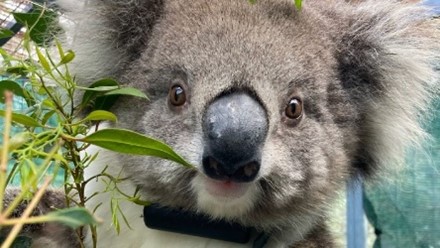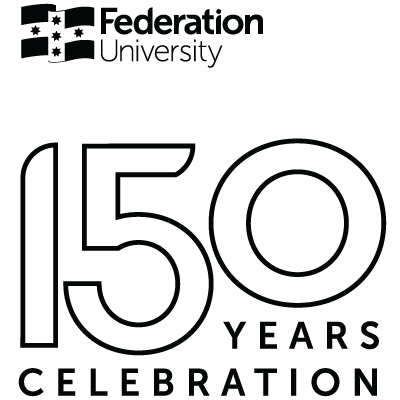Tracking Ballarat’s koalas as urban sprawl threatens their habitat

Sponsored by

Federation University researchers hope to get a clearer picture of the number of koalas and their patterns of habitat use in the Ballarat region by tapping into citizen science monitoring data and tracking injured animals that have been nursed back to good health.
The koala is one of Australia's most recognisable animals but their numbers across the country are falling, particularly in the northern states.
The Victorian Koala Management Strategy says the state has a large population in various regions but recorded sightings of koalas around Ballarat have decreased drastically since the 1980s because of agricultural and urban land clearing and their vulnerability to traffic, predators and disease. Sightings have increased gradually since 2015, potentially because of more resources and more accessible data.
Veterinary surgeon and Federation researcher Dr Adrienne Lavinia says her experience of treating injured animals during the 2019-20 Victorian bushfires was a key factor in wanting to team up with Federation researchers, including animal health specialist Dr Sarah Preston, environmental scientist Dr Grant Palmer and Emily Flatters, to learn more about – and to protect – koala populations around Ballarat.
The researchers have grown the study to include echidnas and soon hope to track birds of prey.
"We want to track these koalas, understand how they're using the landscape, and find out what we can do for them. We really want to know their abundance and learn about their health from genetic testing," Dr Lavinia said.
"Before the project began, Ballarat Wildlife Rehabilitation and Conservation (BWRAC) were concerned about the local population because they were rescuing a lot of koalas that couldn't be released, and I was treating many koalas but not getting many of them out to release because of their injuries.
"I wanted to know where in the landscape they were and how they were using the landscape that saw them being hit by cars, or being attacked by dogs or ending up in a bad spot."
By evaluating citizen science monitoring data, including from the Friends of Canadian Corridor which is conducting a koala count – the researchers plan to develop distribution maps with up-to-date information regarding the distribution and sightings of koalas in the area. This will be supported by Dr Truong Phung, from the Institute of Innovation, Science and Sustainability who will use near-infra-red imaging technology to help locate the koalas and map their locations.
Verification of areas populated with koalas from citizen science records will be conducted by identifying scats, which will be analysed by conservation biologist and koala researcher Dr Fiona Hogan.
A patient brought back to good health by Dr Lavinia and named Catherine by the research team was recently released into the Woowookarung Regional Park in Ballarat wearing a collar that will enable them to follow her journey after her rehabilitation. The tracking collars were funded by the Department of Energy, Environment and Climate Action (DEECA).
Only koalas recovering from injury or illness will be tagged for the project, and the researchers hope the GPS data collected will lead them to more populations in the region.
"Catherine was suffering stress from misadventure – she was in the wrong place, but there are many reasons why that may have happened. She did have quite high inflammatory markers and has benefited from a few days of rest and food, fluids and pain relief."
Dr Adrienne Lavinia
Master's student Ms Flatters has been compiling data from citizen scientists who provide information for various websites and apps, as well as historical data on koalas and other details on how Ballarat's landscape has changed.
"Through satellite imaging, the earliest map we could find of the area is from 1989. We can easily see the differences between then and now and see how the changes would affect animal movements and use of landscape," she said.
Dr Preston says the findings could lead to actions to make life easier for koalas. She says the destruction of the habitat and the construction of roads can isolate some koalas from their communities or restrict their movements.
Dr Preston says project will give students from the Bachelor of Veterinary and Wildlife Science the opportunity to get involved in the research.
"With the wild population around Ballarat in decline and a lack of hard data, we have been working on this project for three-and-a-half years to get everything in place and we are now tracking our first koala," Dr Preston said.
"A lot of ideal koala habitat has disappeared in recent decades and with the tracking, we are hoping we will be able to identify the areas koalas are using to get to different areas and give the community groups the evidence they need to take to council so measures can be put in place to help them move around or cross a road, or to put up more signs."
